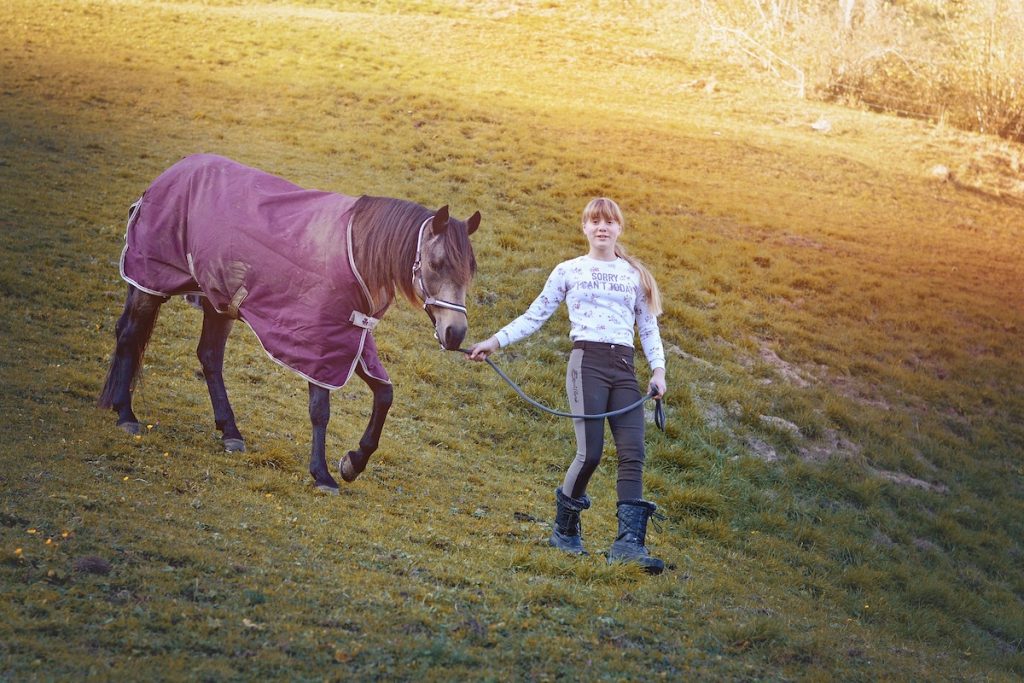Horses are covered in hair—it’s a fact we probably don’t think much about unless we’re in the midst of shedding season or if they happen to be covered in mud before a ride (ugh!). But the horse’s hair coat is truly a work of wonder.
Here are 10 facts you may or may not be aware of:
1.) Horses have three basic types of hair: permanent (forelock, mane, tail, eyelashes, and “feathers” on drafts), temporary (most of the body hair), and tactile (on muzzle, around eyes, and inside ears).
2.) Horses’ hair coats are made up of millions of hairs with distinct layers: an outer cuticle, a cortex containing pigmentation, an inner medulla, and a root/ bulb.
3.) Horses’ hair growth is cyclic (as is all mammals) with three periods: active growth (anagen), transition stage where the hair bulb narrows and then separates from hair (catagen), and resting stage (telogen).
4.) Equine diets low in lysine, minerals, or vitamins will result in a lackluster coat. A dull coat is also common in horses with high parasite loads.
5.) Although many associate an especially shiny coat with good health, this isn’t necessarily true. In fact, feeding corn oil will often make a horse shiny, but it won’t make him healthy.

6.) Horses kept blanketed on a regular basis will not develop a thick winter coat.
7.) It’s not the temperature but rather the length of daylight that triggers both hair growth and shedding. This means that horses kept under lights at night will not grow a winter coat.
8.) A horse’s hair coat helps him stay warm by ‘fluffing’ up and trapping air close to the body for insulation (known as piloerection). When the hair is flattened by rain or a blanket, piloerection will not occur.
9.) Oils produced in the hair coat help the skin to repel water. Bathing or brushing horses during cold weather will distribute these oils throughout the coat and prevent the horse from using them as a protective barrier.
10.) The tactile hairs on the muzzle, around the eyes, and in the ears are specialized types of hair which help the horse sense his surroundings and judge the distance away from an object. Trimming them is not advisable!



